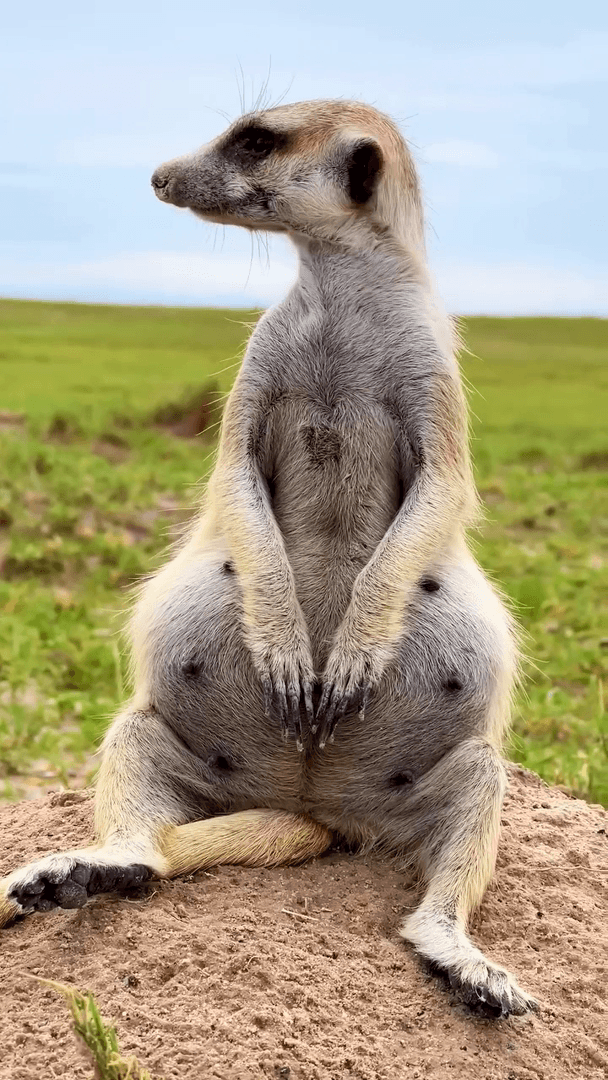
Bowhunter injured by angry moose You don’t want an angry moose after you – especially if it knows you tried to kill it. Rescuers responded to a distress alert from a bowhunter’s GPS in Larimer County, Colorado on Tuesday after the hunter attempted to shoot a moose with an arrow. However, when he missed, the moose “charged and then gored” the man in a remote area off Long Draw Road and Highway 14 in the Poudre Canyon, according to Channel 9 News. The response time was “escalated” once officials learned that the hunter likely had “serious, potentially life-threatening injuries.” “Deputies located the hunter, who had hiked part of the way out of the campground by other hunters,” said Larimer County Sheriff’s office (LCSO) spokesperson Jenevieve Kramer. The first deputy was able to provide first aid and place a tourniquet on the injured man’s arm while keeping him comfortable as they waited for Poudre Canyon Fire Protection District paramedics. Paramedics. The hunter was airlifted to
Post: 18 September 12:06













